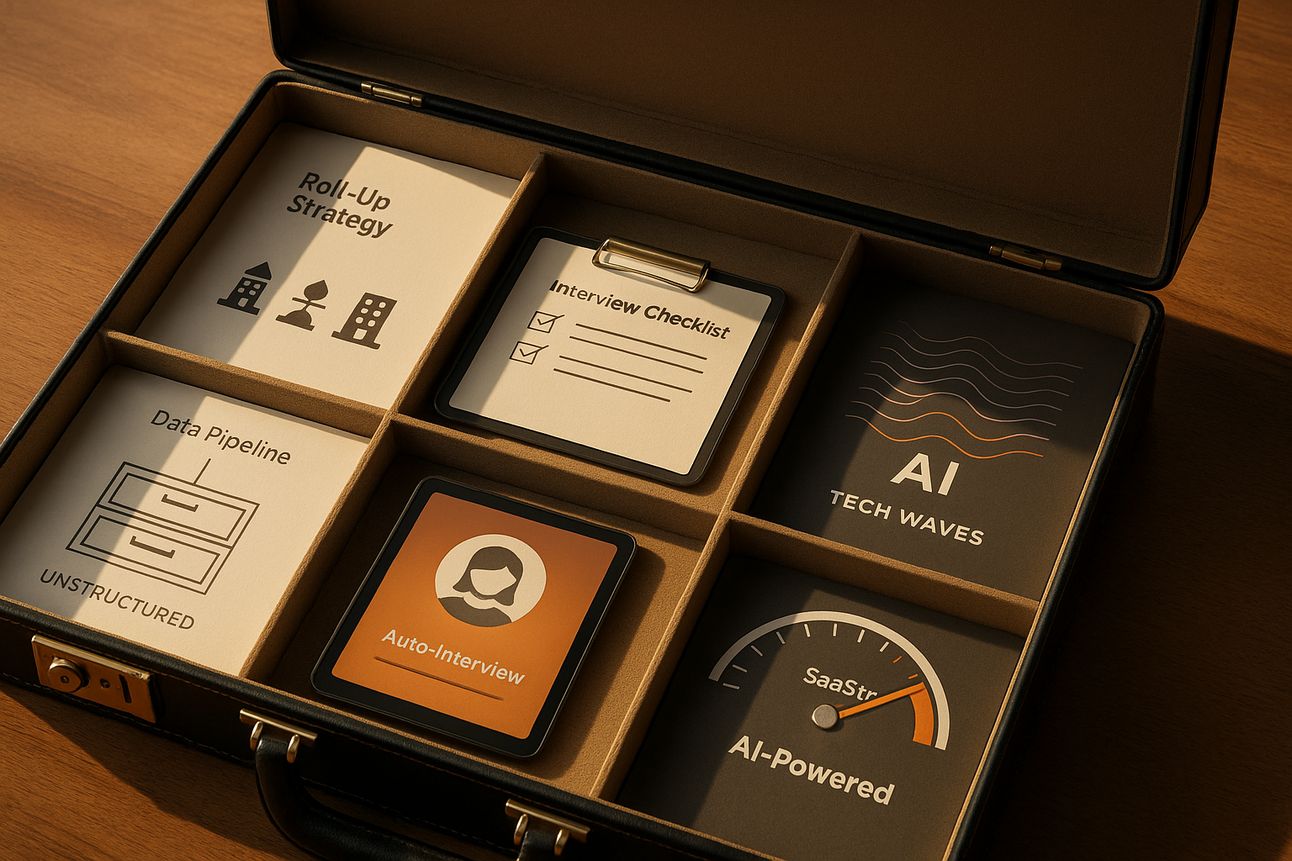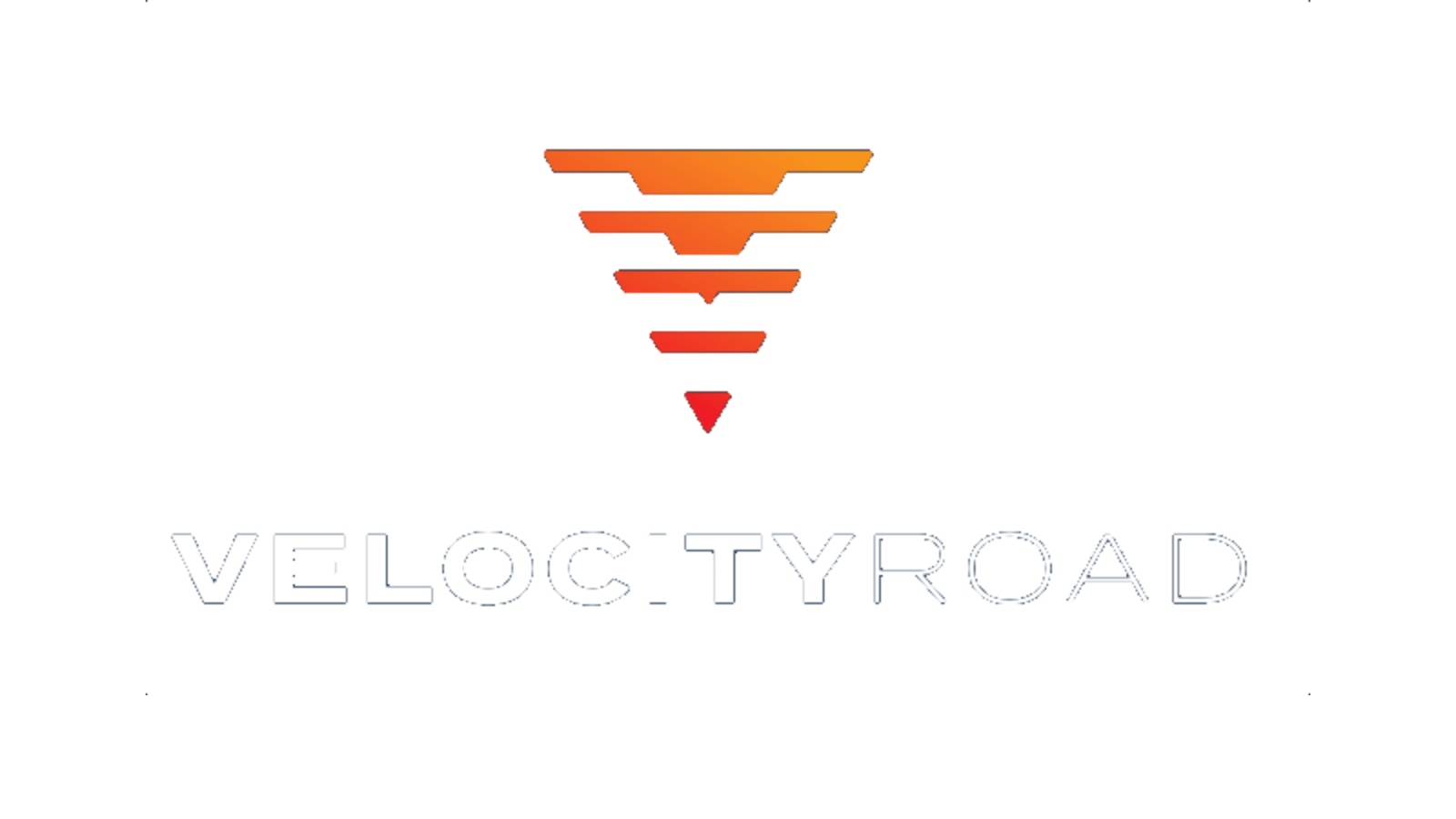Microsoft just made AI mandatory. Here’s why that changes the game
⚡ AI’s Performance Paradox: When Innovation Meets Human Reality
The data is undeniable: AI can slash work time by over 60% across nearly every task imaginable. A Stanford-World Bank study tracking 4,278 workers found productivity gains so dramatic they seem almost fictional—writing tasks completed 69% faster, troubleshooting cut from two hours to thirty minutes.
Yet here’s the paradox keeping executives awake: if AI is this transformative, why are so many organizations struggling to capture its value? The answer lies not in the technology, but in the messy reality of human adoption.
This week brought a seismic shift in how companies approach this challenge. Microsoft made AI usage mandatory, tying employee performance reviews directly to AI tool adoption. It’s a corporate declaration that the era of optional AI is over—but it also reveals the depth of resistance many organizations face internally.
Let’s dive in.

🚀 The Mandate Moment: When AI Becomes Non-Negotiable

Microsoft just fired the starting gun on enterprise AI’s next phase. In an internal memo, Corporate VP Julia Liuson declared that using AI is “no longer optional—it’s core to every role and every level.” Performance reviews will now formally track how frequently and effectively employees use the company’s AI tools.
This isn’t just a policy shift—it’s Microsoft admitting that even the company building the AI revolution can’t get its own people to use it without coercion.
The timing reveals Microsoft’s urgency. Despite heavy promotion, Copilot has struggled with internal adoption, facing stiff competition from tools like Cursor. Meanwhile, features like Recall have sparked user backlash over privacy concerns. Rather than winning hearts and minds through utility, Microsoft is forcing adoption through performance reviews.
But Microsoft isn’t alone in this struggle. A recent survey found that while 65% of managers use AI at work, only one-third have received formal training on what these tools can and cannot do. Even more concerning: 20% of managers are letting AI make personnel decisions without human input, setting up potential legal landmines.
The performance paradox is real. AI demonstrably works—the Stanford study proves it. But organizational inertia, skill gaps, and cultural resistance create a chasm between potential and practice.
📌 Bottom Line: Microsoft’s mandate represents an inflection point where AI transitions from competitive advantage to basic competency. Companies that can’t bridge the human adoption gap will find themselves mandating AI usage rather than inspiring it.

🏭 AI Across Industries: From Factories to Front Lines

🏭 Manufacturing & Logistics: The Intelligence Layer
Amazon just deployed its 1 millionth robot alongside launching DeepFleet, an AI foundation model that coordinates robot movements to improve travel time by 10%. Think of it as air traffic control for a million-robot workforce—and it’s learning continuously.
Meanwhile, construction sites are getting an AI safety upgrade. MIT researchers detailed how Safety AI analyzes site imagery to flag OSHA violations with 95% accuracy, potentially preventing fatalities in America’s most dangerous industry for falls.
📌 Takeaway: Physical industries are embedding intelligence directly into operations, creating self-optimizing systems that learn and adapt in real-time.
💼 Professional Services: The Specialization Boom
Legal AI startup Harvey just closed a $300 million funding round, while medical AI company Abridge secured $300 million at a $5.3 billion valuation. These aren’t just big numbers—they signal investor confidence that AI can crack the complex reasoning required in high-stakes professional work.
The pattern is clear: generic AI is giving way to highly specialized models trained on domain-specific data and workflows.
📌 Takeaway: Professional services are moving beyond AI experimentation to purpose-built solutions that understand industry nuances and regulatory requirements.
🎨 Creative Industries: The Collaboration Canvas
H&M launched digital twins in fashion imagery across global capitals, while Google rolled out Veo 3 for text-to-video generation. But the real story isn’t the technology—it’s the collaborative approach.
As H&M’s model Vanessa Moody noted, this work is “professional, collaborative, and transparent,” setting a precedent for AI as a creative amplifier rather than a replacement.
📌 Takeaway: Creative industries are finding the sweet spot where AI enhances human creativity without threatening artistic authenticity.
🏛️ Government & Defense: The Skills Revolution
The U.S. Army is creating new occupational specialties focused on AI and machine learning—the first new career fields in over a year. Designated 49B for enlisted personnel, these roles signal that AI expertise is becoming as fundamental as traditional military skills.
This follows the same pattern we’re seeing in corporate America: AI literacy is transitioning from nice-to-have to mission-critical.
📌 Takeaway: When the military creates new career tracks around AI, it’s signaling that AI skills are now essential infrastructure for organizational effectiveness.

📊 AI by the Numbers

📊 69% reduction in writing task completion time when workers use generative AI tools, dropping average time from 80 to 25 minutes (Stanford-World Bank Study)
💰 40% higher hourly pay for freelancers doing AI-related work compared to traditional roles, with AI job earnings up 25% year-over-year (Upwork Research)
🎯 95% accuracy rate achieved by Safety AI in flagging OSHA violations on construction sites, potentially preventing fatalities in America’s most dangerous industry (MIT Technology Review)
📈 53% of organizations are already seeing direct or indirect ROI from AI adoption, with those having visible AI strategies being 3.5x more likely to see benefits (Thomson Reuters Study)
⚡ 10% improvement in robot fleet efficiency achieved by Amazon’s DeepFleet AI model, coordinating the movement of over 1 million robots across 300+ facilities globally (Amazon Operations)

📰 5 AI Headlines You Need to Know

🔗 Thrive and General Catalyst Embrace PE-Style Roll-Ups
Top VCs are deploying $750M+ in private equity-style consolidation strategies, rolling up fragmented industries like wealth management and real estate to build AI-native platforms. It’s a sign that AI’s value creation is moving from technology innovation to business model transformation.
🛠️ Snowflake Prepares for AI-Ready Data Era
The data platform giant unveiled Cortex enhancements and Openflow to help organizations make both structured and unstructured data AI-ready. When infrastructure companies like Snowflake pivot this hard toward AI, it signals the foundation layer is solidifying.
👥 AI Now Screening Job Candidates Before Humans
Virtual recruiters are conducting first-round interviews 24/7 as job applications surge 30% over two years. The hiring process is being reimagined from the ground up, with AI handling initial candidate screening and scheduling.
🌊 Forrester Declares AI the “Seventh Wave”
Analyst firm positions AI as the seventh major technology transformation, following minicomputers, PCs, internet, social, mobile, and cloud. Unlike previous waves, today’s tech giants are better prepared with defensive strategies, but enterprise software remains most vulnerable to disruption.
📱 SaaStr Team Now 50% AI-Powered
The influential SaaS community reveals their daily AI toolkit—from Recall AI for video summarization to Descript for editing—with a goal of reaching 80% AI-powered operations. Their transparent approach offers a blueprint for small teams looking to punch above their weight.

🎯 The Path Forward: Navigating the Performance Paradox

This week’s developments reveal a fundamental tension in enterprise AI adoption. The technology demonstrably works—delivering productivity gains that would have seemed impossible just years ago. Yet organizational adoption remains frustratingly uneven, forcing companies like Microsoft to mandate usage rather than inspire it.
The most successful organizations will be those that solve the human equation, not just the technical one. They’ll invest as much in change management and training as they do in AI tools. They’ll design adoption programs that make AI feel like empowerment rather than surveillance.
Because here’s the ultimate paradox: the companies that can make AI adoption feel natural and beneficial will gain competitive advantages that go far beyond the technology itself. They’ll build more adaptable cultures, more skilled workforces, and more resilient business models.
The AI revolution isn’t just about what these tools can do—it’s about how well organizations can help their people do it.
📩 Ready to transform your AI strategy from mandate to momentum?
At Velocity Road, we help mid-market companies navigate the performance paradox by building AI adoption programs that inspire rather than intimidate. From strategic planning to workforce enablement, we ensure your AI transformation drives genuine business value.
👉 Book a consultation to discover how your organization can harness AI’s proven productivity gains while building the human foundations for long-term success.
👉 Subscribe to Velocity Meter to stay ahead of the trends reshaping your industry.
📧 Forward this newsletter to colleagues who need to understand AI’s evolving role in business strategy.




